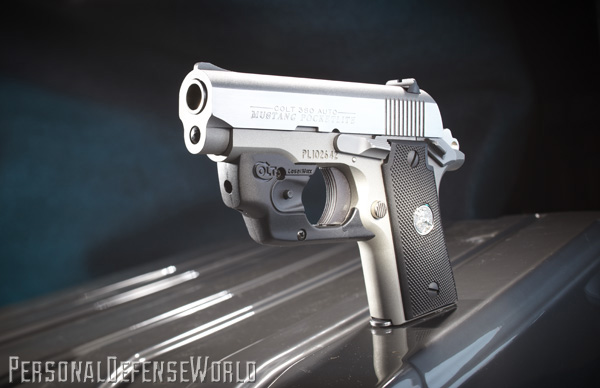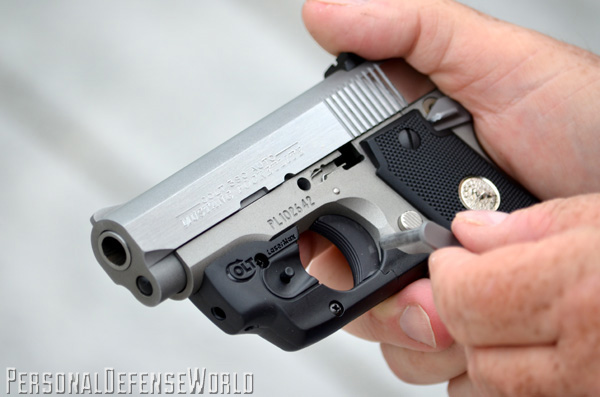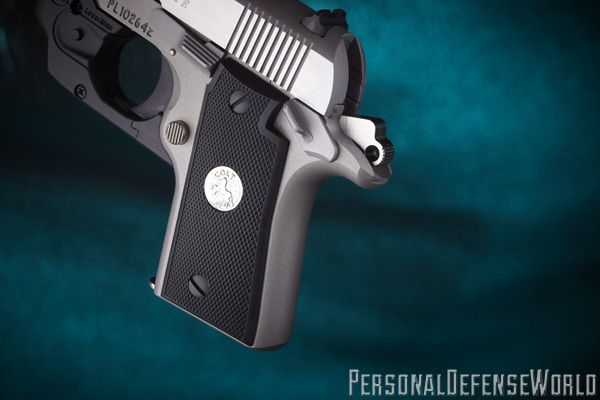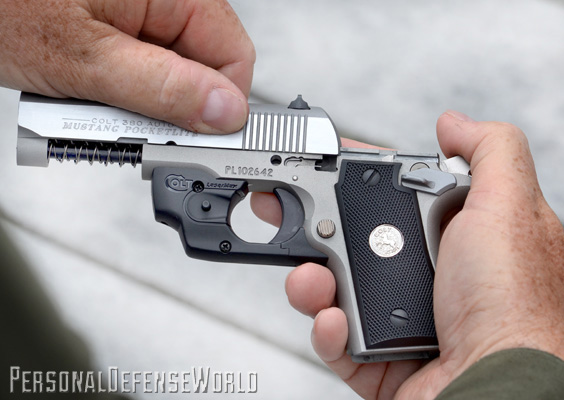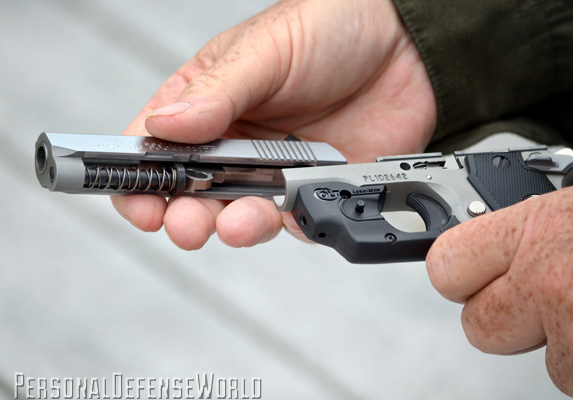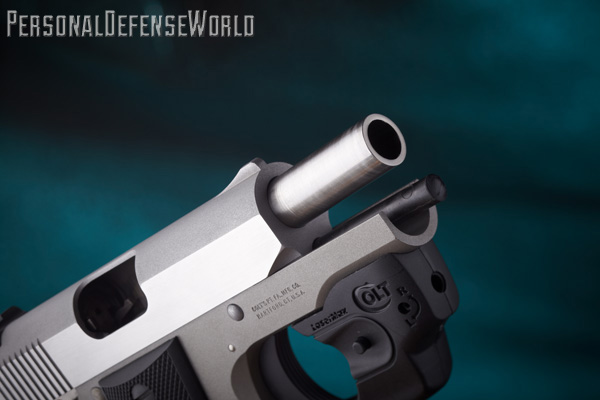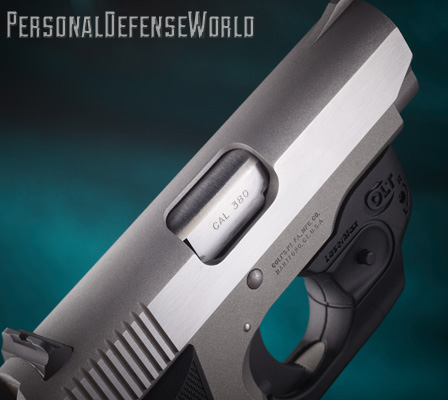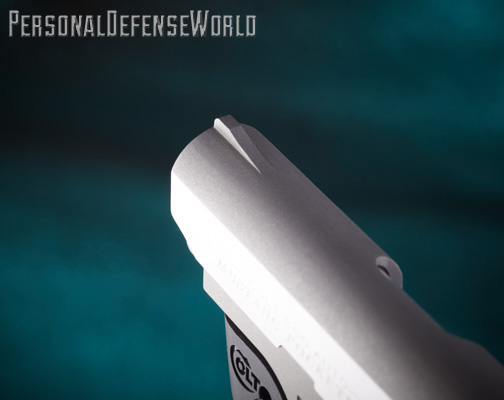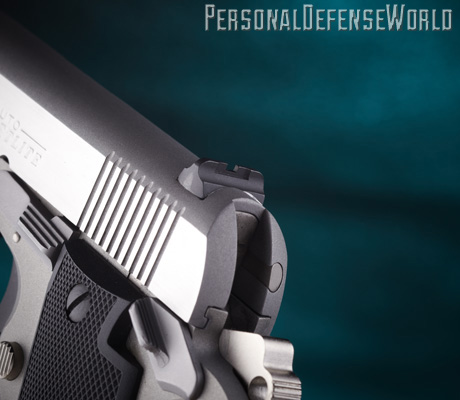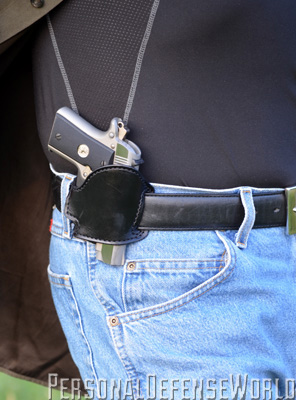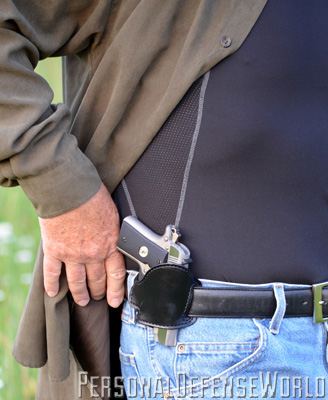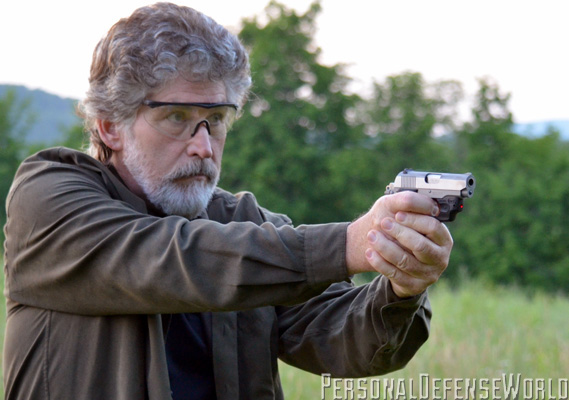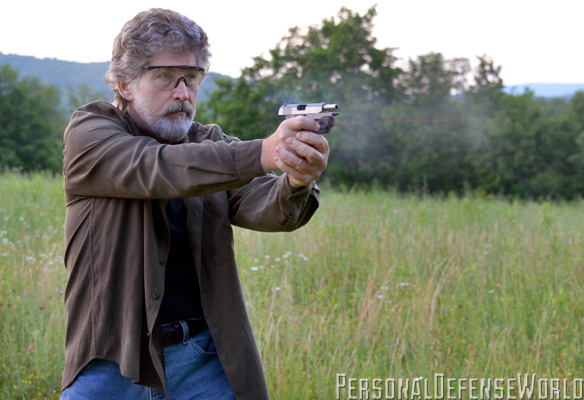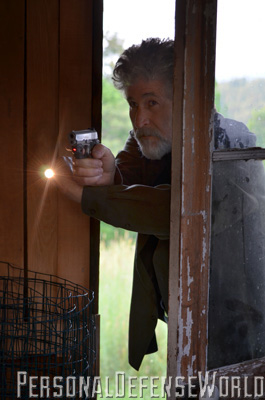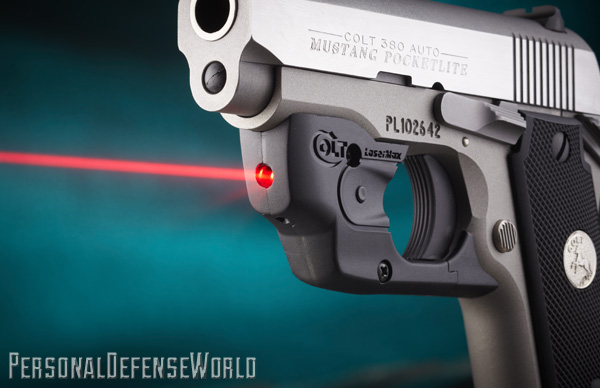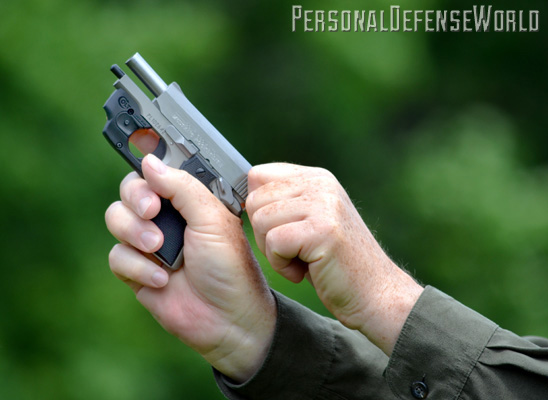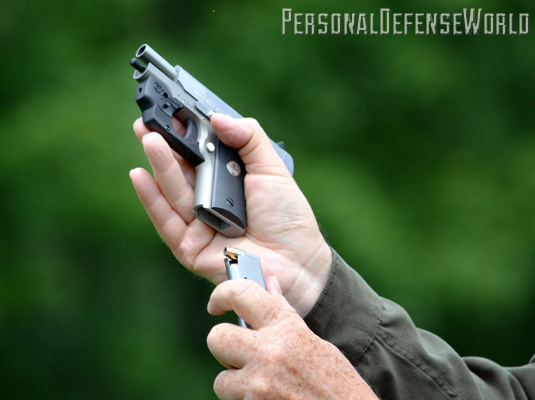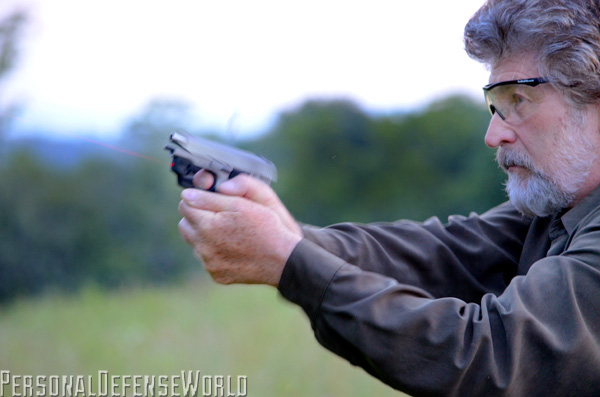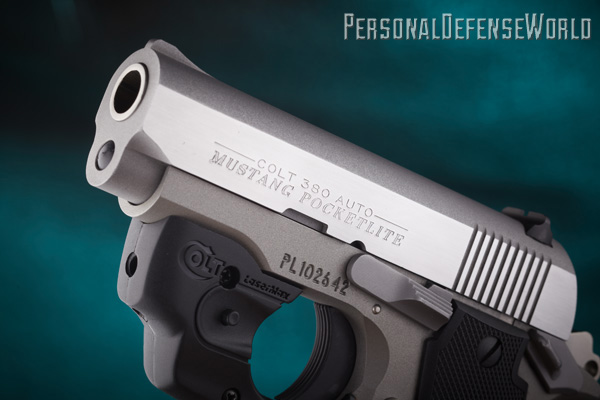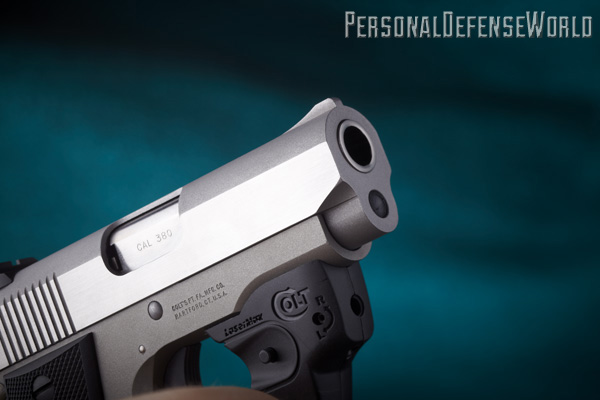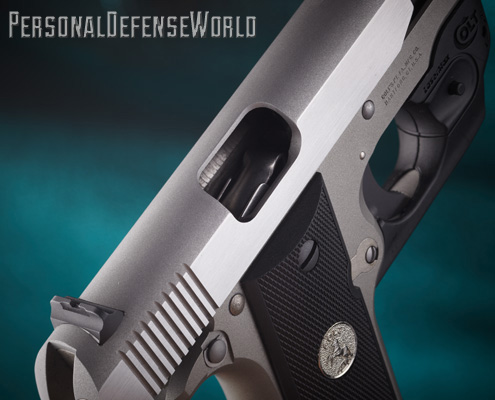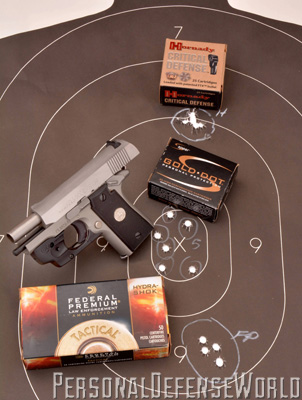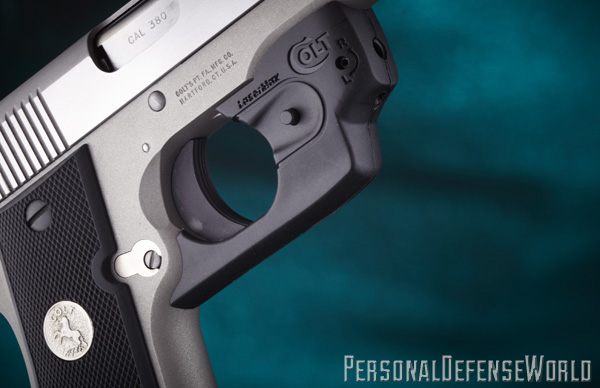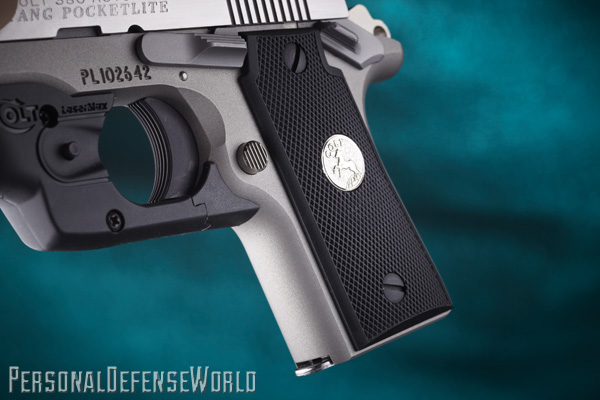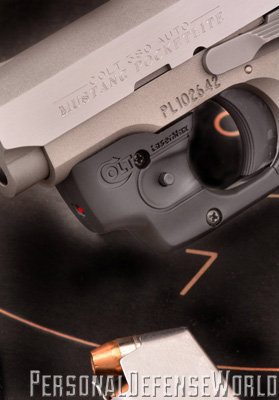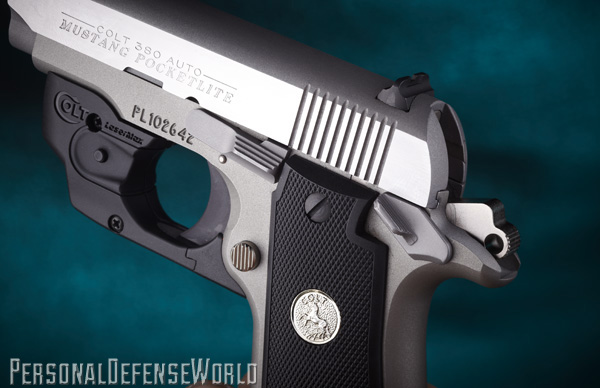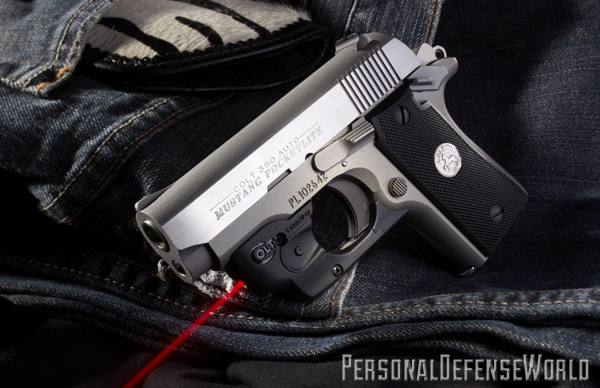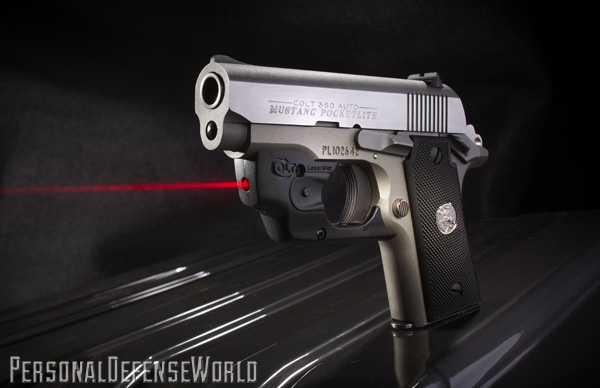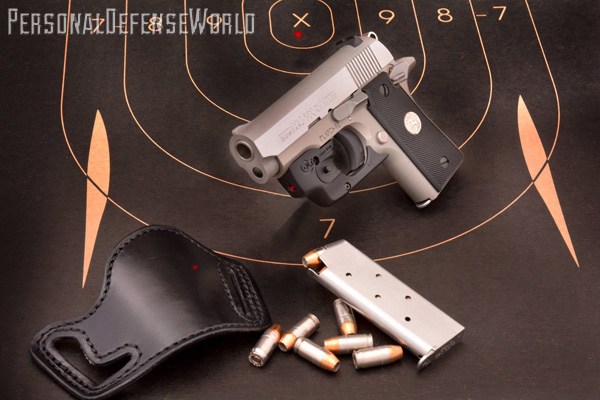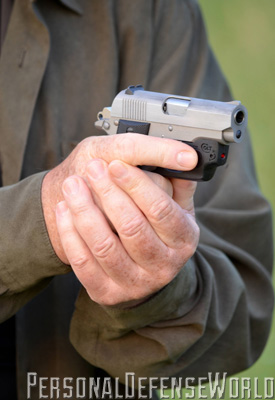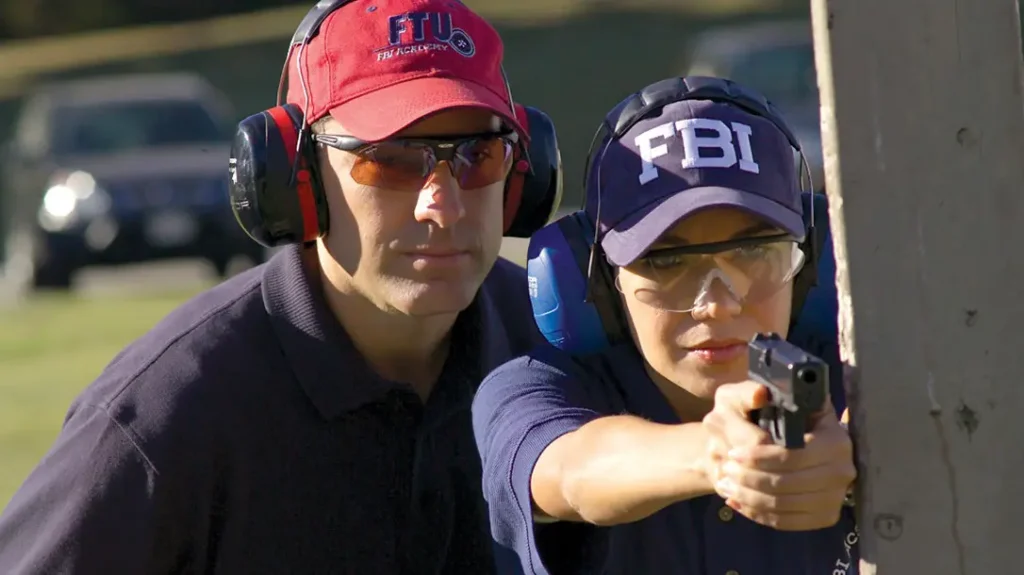You can teach an old dog new tricks. And in this case I am, alas, that old dog. The Colt Mustang is not quite so old, but it holds a solid third place on my list of historic .380 autopistols. The first and original is the Colt Model 1908 designed by John Moses Browning, and the second of note is the Walther PPK. While the Colt Model 1908 has become a collectible, and in some cases valuable, both the Walther, which was introduced in 1930, and the Colt Mustang, originally produced from 1986 to 1999, are still manufactured today, with the Mustang Pocketlite making its comeback in 2011.
Gun Details
The Colt Mustang Pocketlite is an old-school gun, thus the old dog’s choice, because it embodies all the characteristics I came to embrace in a pocket pistol back when the original Mustang was the only “pocketable” .380 on the market. There were other .380s, but the Mustang was smaller and easier to conceal. The Mustang was produced in a variety of models until 1999, including the Plus II (1988–1996), Stainless (1990–1998) and five versions of the Pocketlite, before being discontinued as Colt’s closed the books on the 20th century.
After a decade-plus hiatus, Colt realized that the market was flooded with new .380 ACPs and that it (the inventor, along with John M. Browning, of both the .380 cartridge and the first pocket pistol to fire it) was conspicuously absent. Thus, resurrecting the Mustang was imperative. In bringing back the Pocketlite, Colt made improvements to its design and construction. The new version uses a stainless receiver, stainless steel slide and a barrel CNC-machined from solid bar stock for precise tolerances. The new Mustang looks and feels different too, with a superior overall fit and finish compared with that of its predecessors, particularly in its slide-to-frame tolerances, and in the stark contrast between the polished stainless steel slide and the matte, bead-blasted appearance of the stainless Cerakoted frame.
Advertisement — Continue Reading Below
With a loaded magazine the Mustang tips the scales at less than a pound. The gun measures 5.5 inches long and sports a 2.75-inch barrel. The minimal weight and length of the gun, combined with the short single-action trigger, proven frame and grip design, and firing-pin safety block, make this an ideal small-caliber handgun for personal protection and concealed carry. It is also a straightforward design that most of us who have been around awhile are more familiar with. The magazine holds six rounds, so capacity is seven with one in the chamber, and “cocked and locked” (another old-dog term) is the standard carry method just as it is for the Model 1911.
Additionally, the Mustang Pocketlite does not use a magazine disconnect. The serrated magazine release is big and easy to operate with either the strong-hand or support-hand thumb.
The pocketlite has a very solid feel when you grip it, more so than the .380s with a polymer frame. While this adds a little weight, that heft means the Mustang is better at recoil management. The large 1911-style thumb safety is very familiar and easy to release on the draw, and has a positive lock that you can feel and hear when its pushed upward into the locked position or thumbed down to release. If you’re accustomed to the 1911, this gun is about as intuitive to handle as they come. So here is the old-dog part of this tale. How do you take a gun that was built in the late 20th century, one based on a design established in 1911, and pull it into the 21st century? The answer is twofold. First, you build a Mustang Pocketlite that comes with a built-in laser guard (which can also be purchased separately). The result you see presented is the Colt Mustang Pocketlite with LaserMax, and this is a game changer! Second, you redesign the Mustang and built it with a polymer frame, a change that is forthcoming as the Mustang XPS.
Advertisement — Continue Reading Below
Range Test
The Mustang has always been an easy gun to shoot, but the sights were never that great, and with Colt still copying the original small, ramp front sight, nothing has changed. For this test, however, it is all about the LaserMax Centerfire laser guard and what it adds to the Pocketlite’s effectiveness. The laser is easily activated by the trigger finger, which, if you follow proper technique, instinctively rests alongside the triggerguard and on the LaserMax activation button. A light press inward on the button, and the heat is on. It is also ambidextrous, so either side works.
All tests were done under low-light conditions (at dusk) relying solely on the LaserMax for targeting at a distance of 7 yards. Either five or six rounds were fired at one-second intervals using three popular defensive brands of ammunition. All three functioned flawlessly in the Mustang Pocketlite, and the consistent 6-pound trigger pull made easy work of timed fire. The laser painted the target clearly, and every group measured 2 inches or less. The most accurate load fired from the Colt was the Hornady Critical Defense, which placed six rounds at 0.75 inches, all overlapping just above point of aim, in the 9-ring at 12 o’clock. The second-best group, the Speer Gold Dot, landed six rounds at just under 1.5 inches. The widest group, just under 2 inches, was shot with Federal Premium.
Final Thoughts
Though similar to the 1986 original, the current Colt Mustang Pocketlite, updated with modern materials and a LaserMax sight, is the equal of any 21st-century .380 auto pistol. It’s slightly larger than most of the current competition, and it’s a bit more complicated to use, being a single action with a manual safety. But is any of that a problem? Not in the least. The Pocketlite was already one of the best guns in its class before there was even a class. With the addition of the LaserMax laser sight, it is even better. For more information, visit coltsmfg.com or call 800-962-2658.
Advertisement — Continue Reading Below
BUY NOW! AT www.personaldefenseworld.com/subscribe/pocket-pistols.
